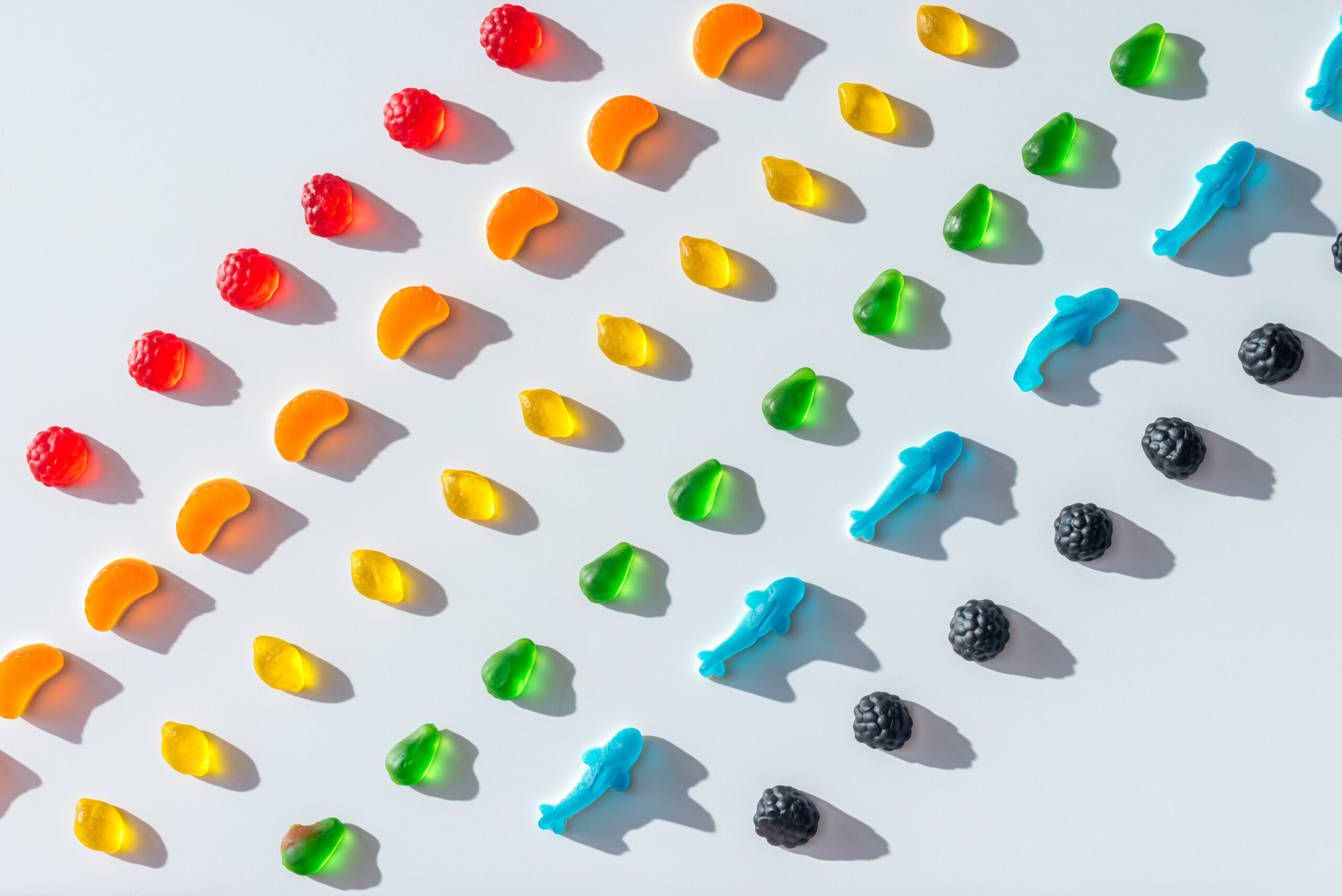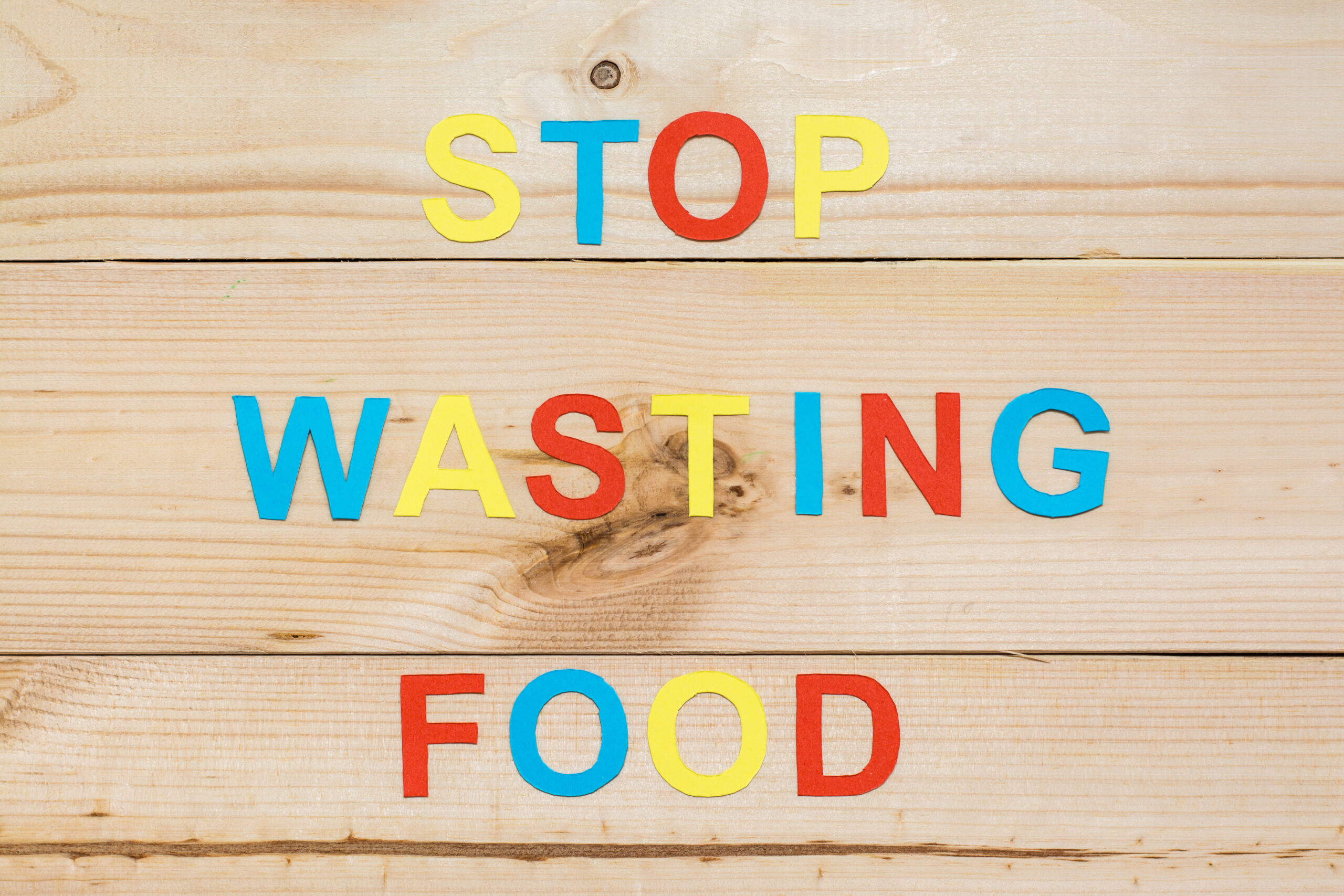Nestlé Cereals, a UK division of the international food giant, recently announced the launch of Cheerios Vanilla O’s, a low-sugar cereal that contains no artificial colors or flavors. Classified as non-HFSS (high in fat, salt or sugar) under new UK government regulations, the new cereal’s main ingredient is whole grains. So, how does it stack up against its competitors and will it find success among a plethora of other better-for-you cereals?
Fortified with vitamins and minerals, Cheerios Vanilla O’s contain less than five percent sugar without compromising on taste, Nestlé Cereals said. Unlike many other cereals on the market, including other American Cheerios flavors, the new cereal is focused on providing consumers with a healthy, flavorful breakfast experience.
“It is our ambition to provide families with a nutritious start to the day and the launch of Cheerios Vanilla O’s further demonstrates our continued commitment to just that,” said Toby Baker, regional marketing director at Nestlé Cereals, which also owns Nesquik, Shreddies, Shredded Wheat and more than 50 international brands.
The new low-sugar cereal is not just low in sugar, but also low in calories, fats, saturated fats and sodium, and high in fiber. In terms of ingredients, Cheerios Vanilla O’s are made with over 86 percent whole grains, including whole grain oat flour, whole grain wheat flour and whole grain barley flour. So, how does it taste?
Related: New Coca-Cola Zero Sugar to Taste More Like Coke’s Iconic Flavor
While the new product only has three, albeit very positive, reviews on its website, one can gain insight into its flavor profile by looking at its competitors. Among them is a relatively new entrant on the market, Magic Spoon. Launched in April 2019, the cereal startup touts itself as being a healthy and delicious cereal for adults. Each of its six, nostalgia-inducing flavors is low in carbs, high in protein, keto-friendly and sugar-free.
Meant to mimic classic childhood cereal flavors, Magic Spoon’s healthier versions of Cocoa Pebbles, Fruit Loops and Cheerios, among others, don’t quite stack up to the real thing. In a CNN review ,Tanya Edwards wrote, “The flavors are very similar to what you’d expect in a sweet kiddie cereal, but the texture was slightly sandy,” adding that the cereal kept her full. In a recent UPROXX review, Dane Rivera wrote of the Cocoa flavor, “It also tastes kind of… dirty, and it’ll make your milk look like the most unappetizing version of chocolate milk you’ll ever see.”
But the mixed reviews seem to have little impact on the breakfast cereal market. According to a report from Fior Markets, the breakfast cereal market is expected to grow from $44.5 billion in 2020 to $63.3 billion by 2028, at a compound annual growth rate (CAGR) of 4.8 percent during the forecast period. Much of the growth of the cereal market can be attributed to the rising awareness of health and balanced food requirements.
It has long been debated whether cereal is considered “healthy.” While many popular cereals boast whole grains, vitamins and minerals, they also tend to be high in sugar and low in protein and fiber. And since many older consumers want a taste of their favorite childhood breakfast foods, low-sugar cereals, and others that follow trendy diets, are on the rise.
As for Nestlé Cereals’ Cheerios Vanilla O’s, it is too soon to tell whether it will excel among its competitors. However, with the financial backing of Nestlé, and Cheerios being a household name, the new cereal is likely to thrive in the better-for-you market.












Join or login to leave a comment
JOIN LOGIN